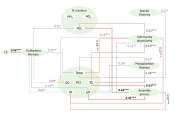Study underscores uncertain costs of iron fertilization
As society grapples with the intensifying consequences of climate change, decision-makers are increasingly looking to carbon dioxide removal as a necessary complement to emission reductions. One of the strategies that has ...









